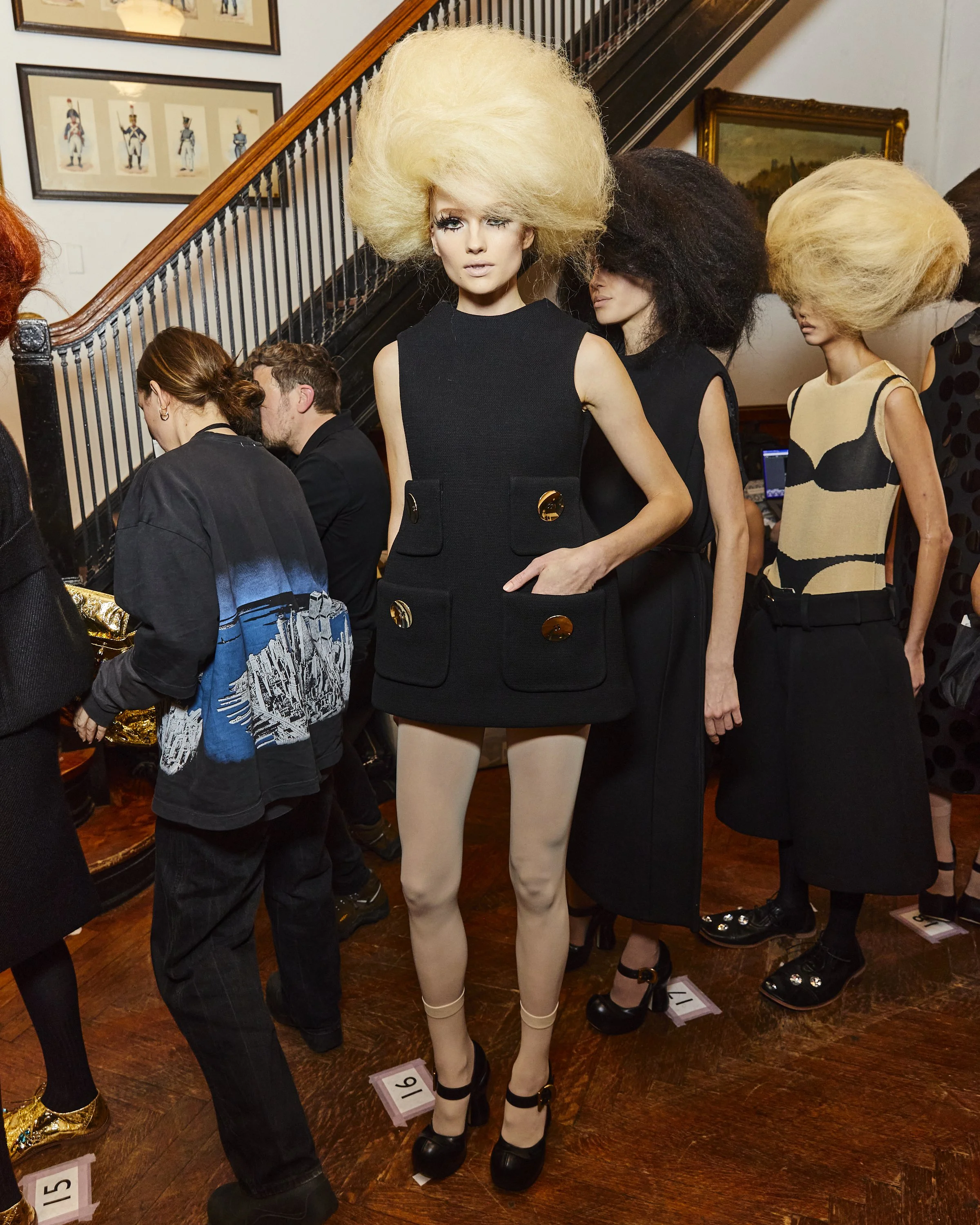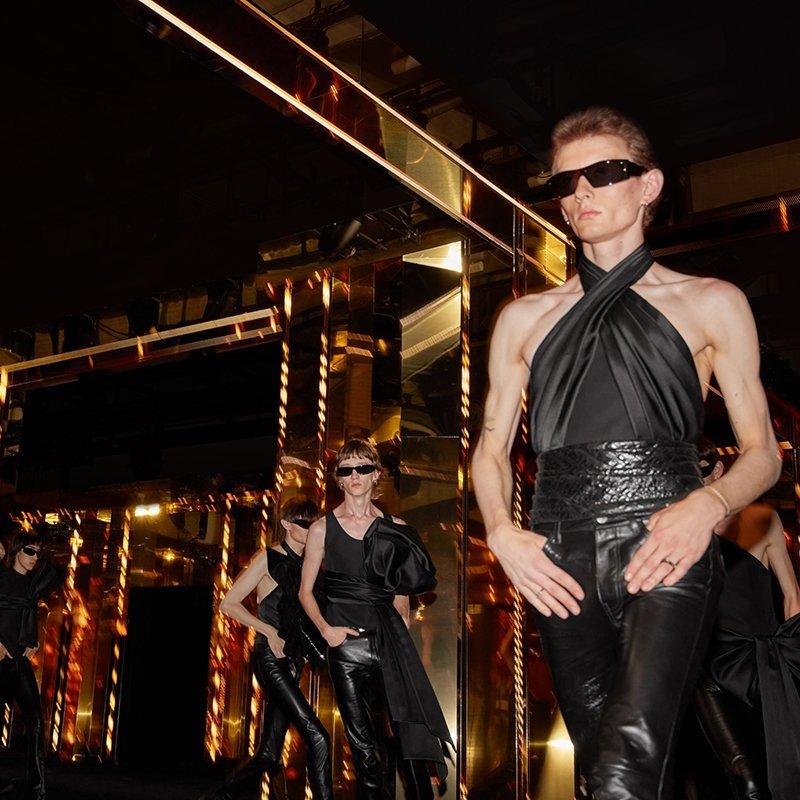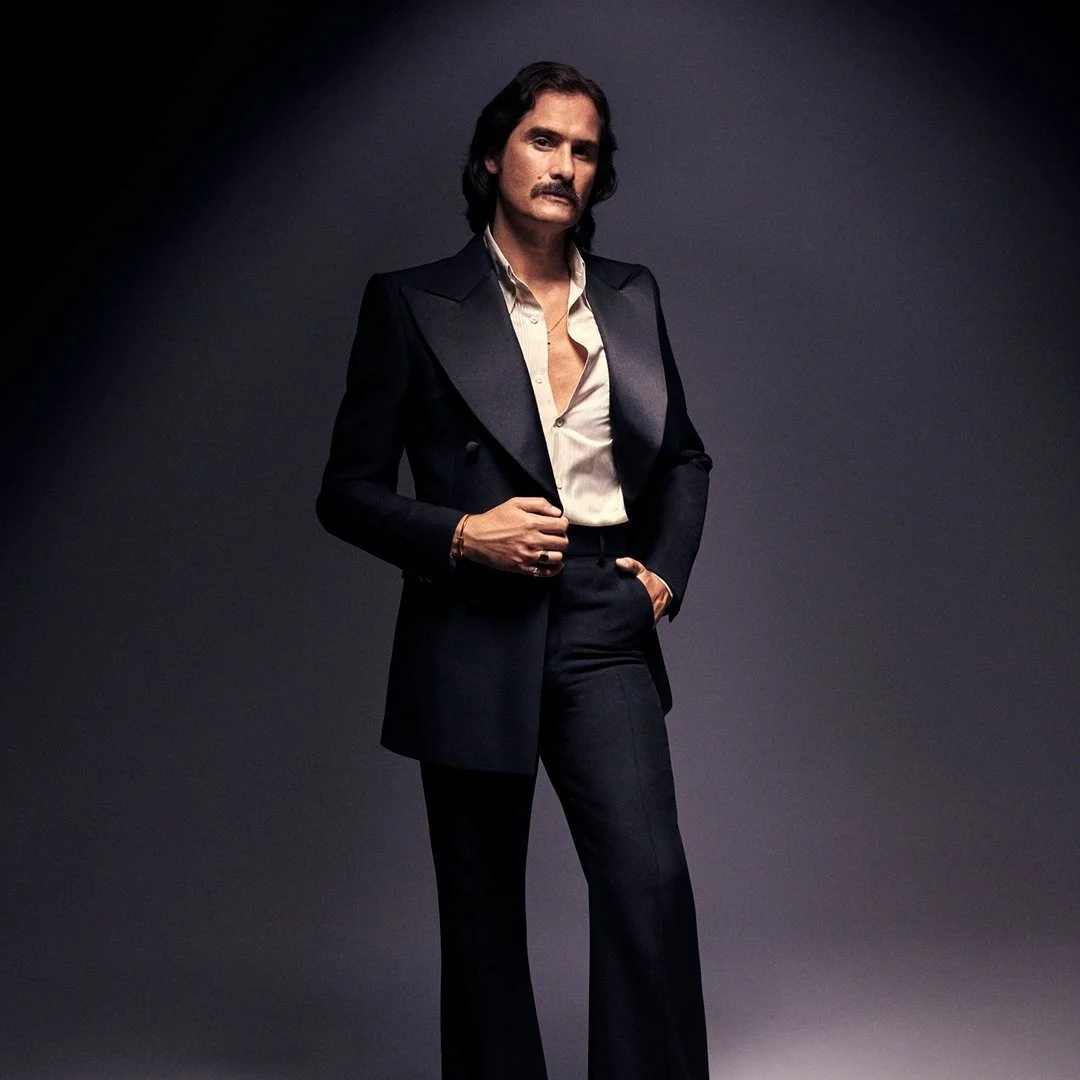Everything you need to know about the New York Fashion Workers Act.
Since its beginning, the COVID pandemic has exacerbated labor issues affecting workers in all fields: worksite safety, job security, and a lack of employer accountability, among many others. Increasingly difficult conditions have galvanized many workers to organize and demand rights and respect from their employers. New York in particular has been the site of many breakthroughs in recent workers’ rights victories. In December of last year, a Starbucks in Buffalo, NY became the first of the coffee chain’s US locations to unionize. This past week, over 500 Conde Nast employees formed a company wide union. Today, workers at an Amazon warehouse in Staten Island became the first to successfully unionize at an Amazon facility in the US. Now, New York freelance fashion models and creatives are making headway on their own fight for labor rights with the recent Fashion Workers Act.
The fashion industry in New York State constitutes 5.5% of the workforce, $11 billion in wages, and nearly $2 billion in tax revenue each year. In spite of being the industry’s creative backbone, models, hair stylists, make-up artists, and other freelance workers see some of the least protections and benefits. Modeling and creative agencies are considered management companies under New York State general business law, meaning the talent they represent are not considered employees, and are therefore exempt from much of the labor regulations that protect workers in other industries in what is known as the “incidental booking exception.”
The Fashion Workers Act, spearheaded by the advocacy group Model Alliance and introduced by Senator Brad Hoylman and Assembly member Karines Reyes, seeks to rectify this incidental booking exception by securing greater protection for models and freelance creatives. The Act, if passed, would require management companies to:
Accept responsibility to act in the best interests of their talent
Pay models and creatives within 45 days of completing a job
Provide models and creatives with copies of contracts and agreements
Notify former models and creatives if the management collects royalties from a talent they no longer represent
Register and deposit a surety bond of $50,000 with the NYS Department of State
Conduct reasonable inquiry into health and safety on set
Discontinue bad practices such as:
Collecting signing fees or deposits from models
Charging more than the daily fair market rate for accommodation
Deducting any other fee or expense than the agreed upon commission
Renewing the contract without the model or creative's affirmative consent
Imposing a commission fee greater than twenty percent of the model or creative's compensation
Forbid the management company from taking retaliatory action against any model or creative using the bill to file a complaint
Forbid the management company or client from engaging in discrimination or harassment any kind against talent on the basis of race, ethnicity, and other legally permissible categories under Title VII of the Civil Rights Act, as amended
The Model Alliance is a New York based advocacy group founded in 2012 by model and activist Sara Ziff. Previous work of the Alliance includes helping design and pass the Talent Protections Act in California, a law which requires talent agencies to provide their clients with greater information and resources in staving off problems endemic to the industry, including coerced eating disorders and sexual harassment.
With the Fashion Workers Act in NY, Ziff believes that agencies don’t need to play the role of antagonist. Rather, she sees the current moment as an opportunity “for the good agencies to distinguish themselves from scams.” By endorsing the legislation and committing to protecting and supporting their talent, agencies can help establish more fair and equitable labor conditions across the industry.
The Fashion Workers Act was introduced on the 111th anniversary of the Triangle Shirtwaist Factory fire, one of the deadliest industrial disasters in US history and a turning point in the fight for workers’ rights in America. On March 25, 1911, 146 garment workers, predominantly young immigrant women, died in a fire due largely to employer negligence. Today, the most exploited workers in the fashion industry supply chain remain those who produce the clothes themselves, including rampant issues with child labor.
The world of fashion, like the world at large, is a long, long way away from achieving justice for all involved, but the introduction of the Fashion Workers Act to the state senate remains a promising development domestically.










